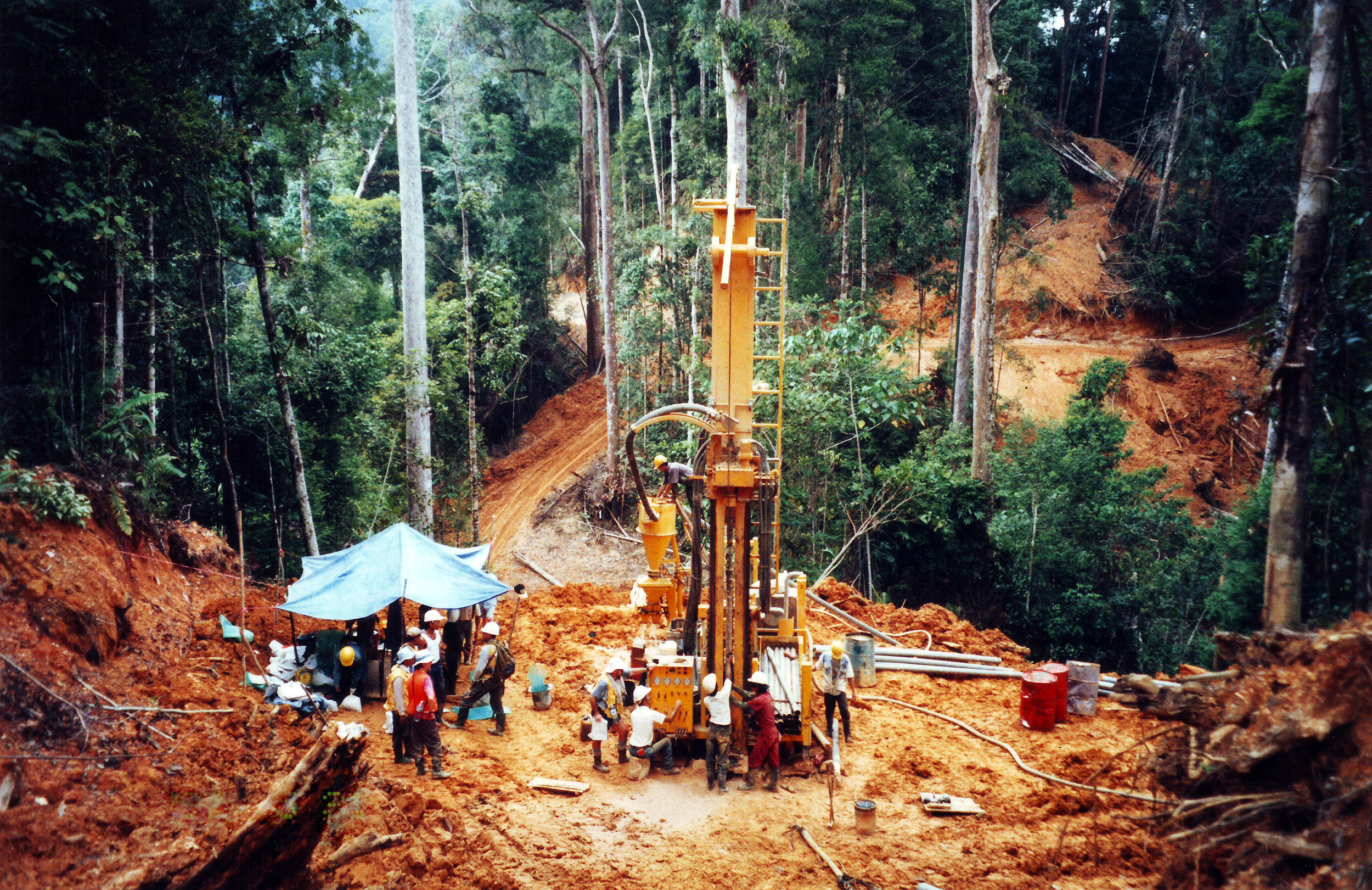
It’s an age-old story: A desperate businessman strikes it rich just as his luck looks like it’s going to run out. Such is the premise of the new film Gold, starring Matthew McConaughey, which is strikingly similar to a real-life epic fraud perpetrated by a Canadian company named Bre-X.
Although its producers insist Gold is not related to the Bre-X scandal, McConaughey’s character Kenny Wells could easily be subbed in for one of the story’s real-life culprits, David Walsh. Bre-X, a minerals exploration company, was founded by Walsh in 1989 as a subsidiary of Bresea Resources, a company that struggled in its early years. Walsh tapped geologist John Felderhof, a fellow Canadian in a similar debt-filled situation, to find new projects to boost Bre-X’s prospects on the stock market. On the Indonesian island of Borneo in 1995, Felderhof claimed to have found a large gold deposit in a place called Busang, just as Walsh was ready to pull the plug on the site’s exploration. Estimates claimed the cache held 6,200 tons of gold, which would have made it the largest gold deposit on Earth. That is, if the claims were true.
When news of Bre-X’s vast gold deposit spread, investors came running. Once a penny stock, the mineral company ballooned to $286.50 a share at its peak (with a valuation of $6 billion). But Bre-X’s reality burst once the real story began to trickle out. Since the gold deposits were tested by Kilborn Engineering, Bre-X’s independent consulting company, no outside parties were able to verify the claims Felderhof and Walsh were making.

It turns out, Bre-X had faked the gold samples by “salting” them with gold shavings from jewelry and panned gold. The curtain shielding the ruse began to pull back when the Indonesian government intervened at the Busang mining site to force a collaboration with Freeport-McMoRan, another mining company with which the Indonesian president had ties. In its diligent assessment of the gold reserves, Freeport-McMoRan began conducting its own tests in March 1997. Before the damning evidence could be made public, however, misfortune struck Bre-X.
Michael de Guzman, a Filipino geologist, who had been leading the mining operation at Busang for the Canadian company, jumped from a helicopter to his apparent death while en route to Busang. After a thorough investigation, the fraud was pinned on de Guzman. The state de Guzman’s body was found in, recovered days later, led some to believe the geologist faked his own death, performing a D.B. Cooper–esque escape. “I believe [de Guzman] had a plan to find a dead body, buy it, dump it out of a helicopter in a place where it was going to be severely mutilated, and then move on with his life,” Felderhof’s lawyer Joseph Groia told the Calgary Herald in an interview. Groia thinks de Guzman is still alive, living out the rest of his days somewhere in the Philippines.
Whatever the truth is, it’s certainly stranger than the fictional story in Gold. Days after de Guzman’s body was found, Freeport-McMoRan released its findings, the Bre-X farce fell apart, its stocks plummeted, and the company eventually filed for bankruptcy. Since de Guzman had either perished or gone missing and Walsh was felled by a brain aneurysm in 1998, Felderhof would be the only one from Bre-X charged with insider trading. Despite a not-guilty verdict, Felderhof still ended up paying $3.5 million in damages from a class-action suit filed against him by duped investors. Canadian lawmakers went on to create laws, such as National Instrument 43-101, for the mining industry and professional geology in the aftermath of the Bre-X scandal.
Watch the trailer for Gold below. Read more about the Bre-X scandal here.
—RealClearLife Staff
This article was featured in the InsideHook newsletter. Sign up now.






















